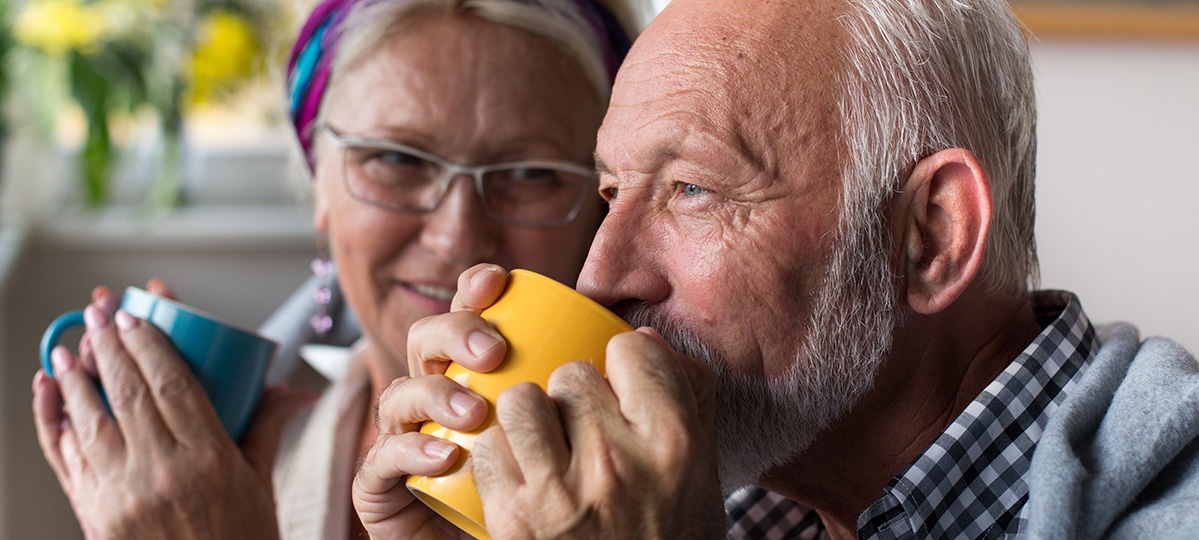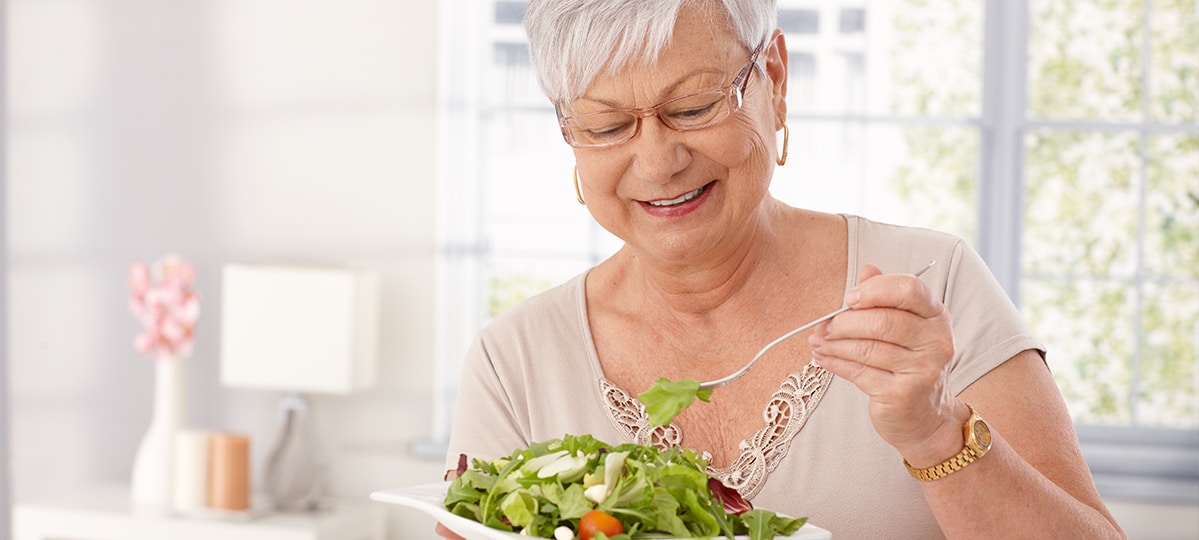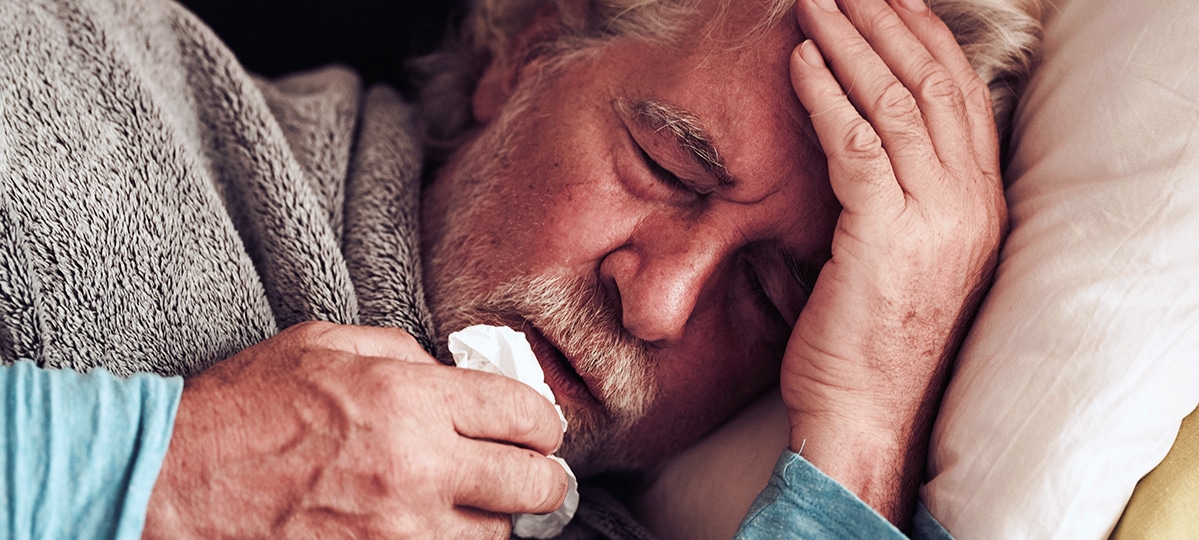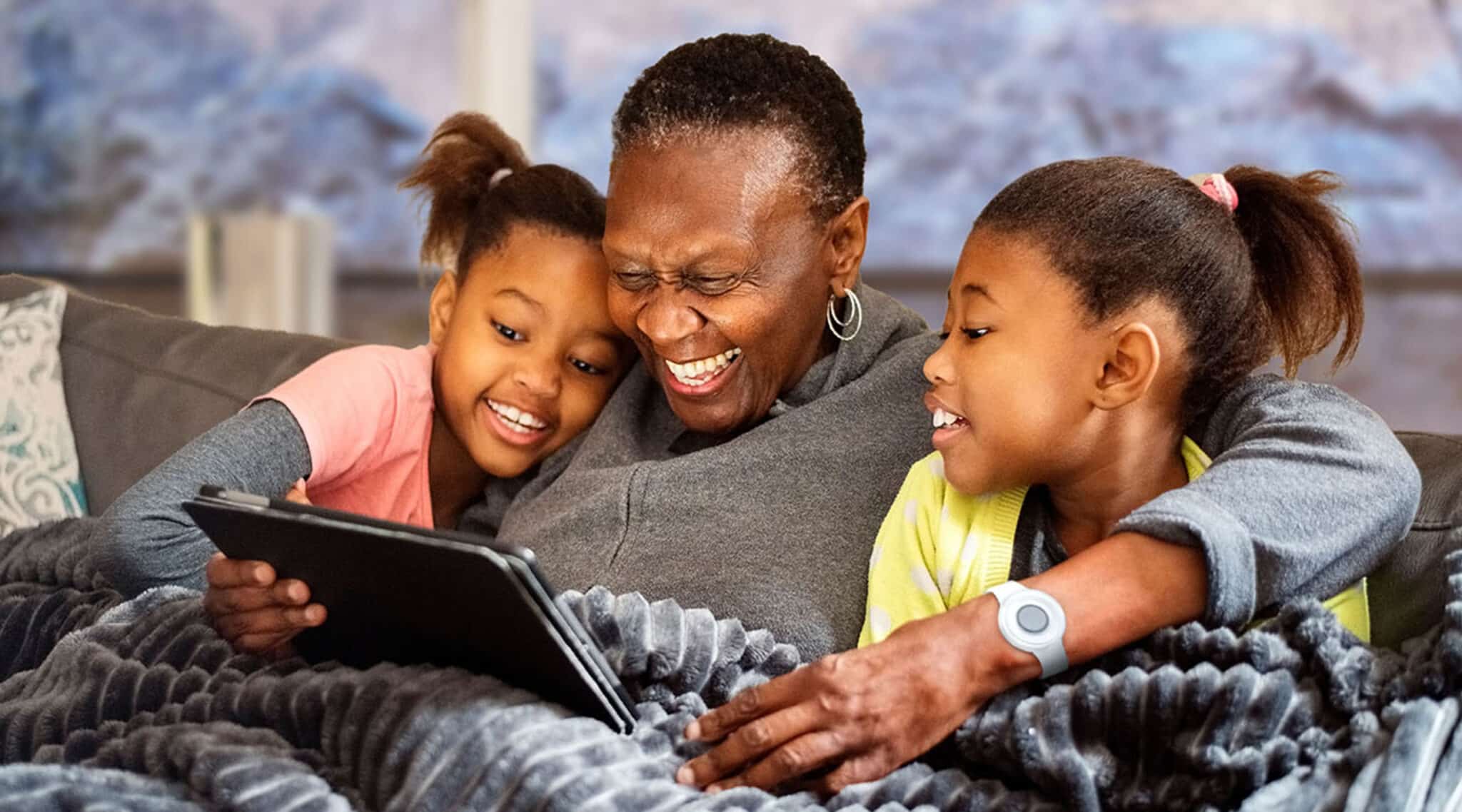Seasonal affective disorder (SAD) can affect anyone at any point in time. However, it’s most prevalent in those who don’t get regular exposure to sunlight and in winter months, which is why it’s often referred to as the winter blues. Seniors aging at home are vulnerable to SAD due to both their lifestyles and environment. Learn how to spot SAD and what can be done to avoid and/or counteract it.
SAD 101
SAD is a mood disorder characterized by depression that revolves around the seasons, which means it develops during a specific season, usually winter, and then disappears as the next season arrives. SAD goes beyond post-holiday lag and occasional moments of sadness. Red flags for SAD include:
- Appetite /weight changes
- Personal hygiene changes
- Sleeping habit changes
- Sadness that doesn’t dissipate
- Tearfulness
- Irritability
- Withdrawal and lack of interest in usual activities
- Feelings of worthlessness
The origins of SAD remain unclear, but research points to a number of contributing factors, including:
- Lack of sunlight disrupting the circadian rhythm, body’s serotonin levels, body’s melatonin levels.
- Living far away from the equator, where sunlight is most limited.
- Immobility – whether that be physical or environmental.
- Having a personal or family history of major depressive disorder.
Many seniors already struggle with age-related diseases, disabilities, and lifestyle challenges that make them highly susceptible to SAD. According to the National Alliance on Mental Illness, depression, for example, already affects 6.5 million Americans aged 65 and older. According to The Mobility Resource, 38 percent of seniors have a disability and one in five seniors struggle with some type of mobility issue.
When such pre-existing physical facets limiting outdoor time are combined with weather shut-ins; darker, shorter, and colder winter days; and loneliness or isolation from aging-in-place alone, it’s easy to see how SAD is a major winter hazard for the elderly.
What Can Be Done to Prevent/Lessen SAD in Seniors?
It’s important to consult with your healthcare provider if any signs of SAD are noted. SAD often worsens without intervention, and it can lead to anxiety or even suicide. However, with just a few careful considerations, the likelihood of experiencing SAD can be drastically reduced naturally.
Light Therapy
When going outside for natural sunlight isn’t an option due to access or mobility, light therapy can provide an alternative. This device is designed to mimic outdoor light by providing exposure to 10,000 lux of light, but they lessen the amount of dangerous UV light exposure. No prescription is necessary for the box, and it only takes about 30 minutes to use each morning. Those with certain vision disorders, such as glaucoma or cataracts, or a history of skin cancers should always consult their physician before use.
Bulk Your Diet Up
Much of your vitamin D production is in direct response to sunlight. Vitamin D isn’t just important to bones and teeth, it’s essential to brain health, and a deficiency can cause symptoms ranging from irritability and fatigue to mental confusion. Aside from mobility and winter weather creating an environment for vitamin D deficiency, the body is less efficient at producing and metabolizing this essential vitamin with age. Prednisone and other medications also cause Vitamin D issues. So, it’s important for seniors to fortify the diet with good sources, including salmon, egg yolk, beef liver, cheese, milk, and fortified cereals. Of course, it’s also helpful to pair a well-balanced, vitamin-rich diet with limited alcohol and sweets.
Get Regular Exercise
Research shows only one in four seniors gets regular exercise. As mentioned above, many seniors have limited mobility. But routine exercise still plays a major role in hormone production, including the mood and sleep hormones serotonin and melatonin. Today, there are plenty of exercise options and variations for seniors to stay active, including wheelchair aerobics and water exercise. If performing at home, seniors may feel more confident when using safety measures like a medical alert device.
In closing, it’s possible for seniors to age in place safely, comfortably, and independently, but doing so requires both seniors and external care-helpers knowing about potential risks, such as SAD, and the measures that can be taken to mitigate or lessen them.




